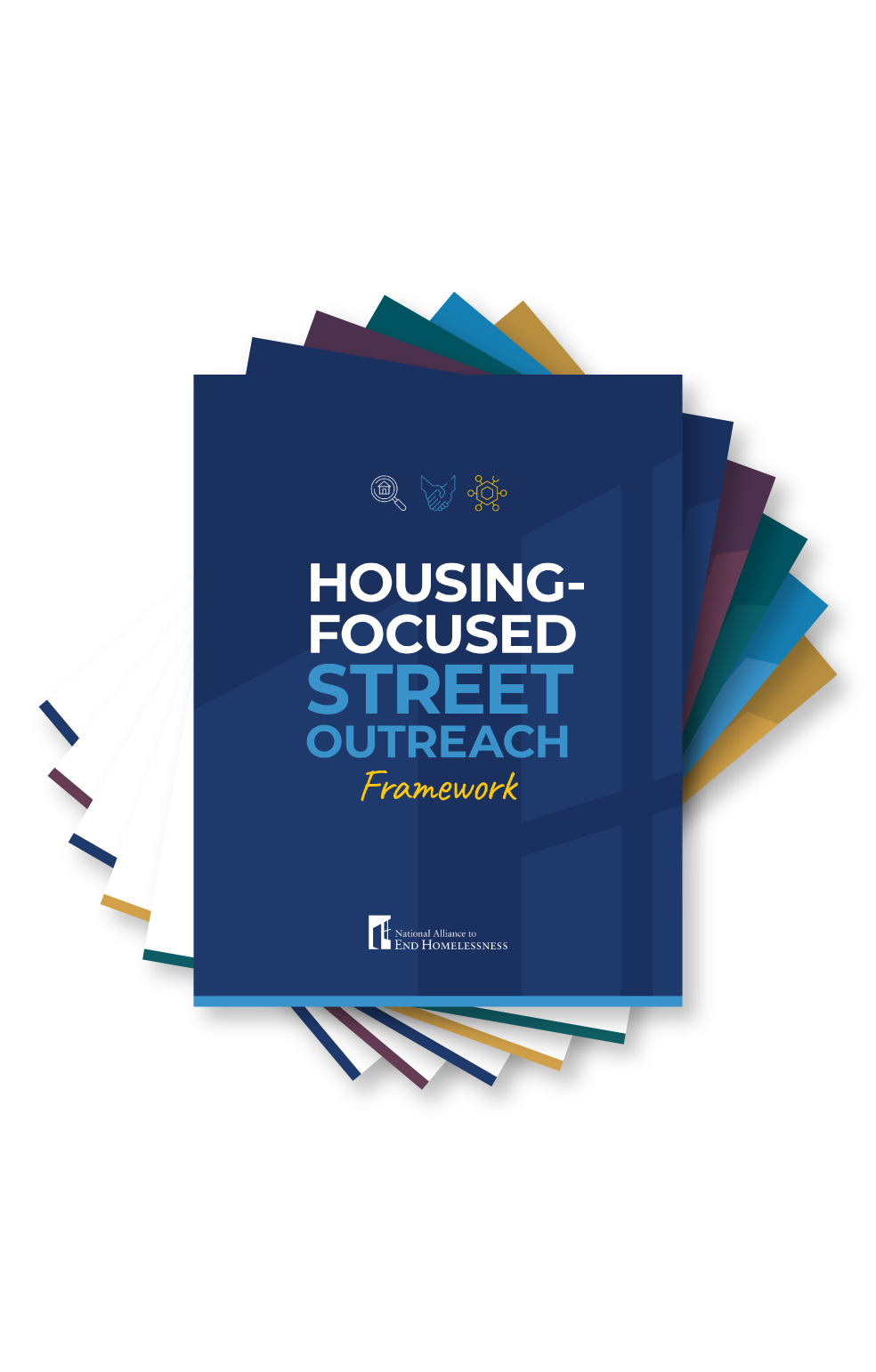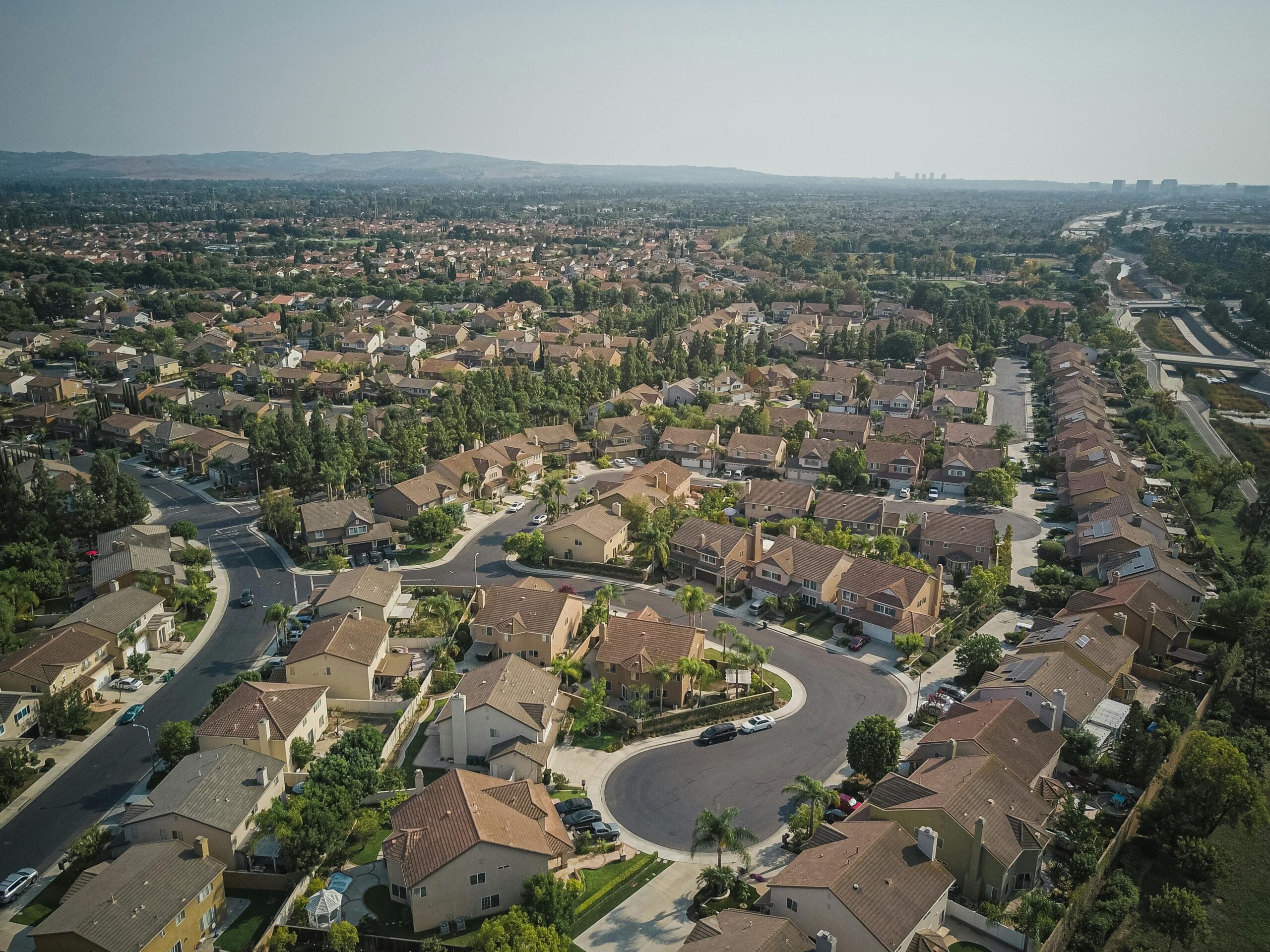The following post is part of a blog series exploring the harmful impacts of President Trump’s recent Executive Order on homelessness. In each post, Alliance staff will discuss one component of the Executive Order, and what the implications will be on homeless services. Please note, the Alliance cannot and does not provide legal guidance. Please consult a lawyer for legal interpretations.
Read more from this series:
What the Executive Order Says about Forced Institutionalization
The Executive Order outlines the following information on forced institutionalization:
“The Attorney General, in consultation with the Secretary of Health and Human Services, shall take appropriate action to:
- seek, in appropriate cases, the reversal of Federal or State judicial precedents and the termination of consent decrees that impede the United States’ policy of encouraging civil commitment of individuals with mental illness who pose risks to themselves or the public or are living on the streets and cannot care for themselves in appropriate facilities for appropriate periods of time; and
- provide assistance to State and local governments, […] for the identification, adoption, and implementation of maximally flexible civil commitment, institutional treatment, and “step-down” treatment standards that allow for the appropriate commitment and treatment of individuals with mental illness who pose a danger to others or are living on the streets and cannot care for themselves.”
Why This is a Problem
The Executive Order seeks to reverse federal or state judicial precedents (such as Olmstead v. L.C.), allowing them to be involuntarily committed into long-term, institutional settings under the guise of promoting public safety.
In other words, the President is directly calling on the U.S. Department of Justice (DOJ) to undermine established law.
We have been down this road before. Prior to the 1960s, people were often confined for extended periods of time in psychiatric hospitals for little to no reason, destroying countless lives. This led to policy changes that drove deinstitutionalization, and the establishment of legal protections for people’s civil rights against involuntary commitment.
These changes coincided with a growing understanding that community-based care is far more effective in the long run: people are more successful in person-centered, recovery-oriented care provided at home.
There are two additional dangers of this Order:
- First, it is unclear who will be authorized to determine someone’s need for institutionalization, and under what criteria. This opens the pathway to bias and stereotypes rather than clinical expertise.
- Second, this Order doesn’t account for the shortage of mental health beds in the United States, or what communities will do when they are not available.
What’s the Alternative?
Deinstitutionalization did not cause homelessness, and re-institutionalization will not solve it. The Administration should instead:
- increase investments in community infrastructure to expand the availability, accessibility, and responsiveness of community-based healthcare options; and
- expand access to housing and income supports, so that people have a stable foundation from which they are more likely to recover.
Each of these efforts would truly make our communities safer and stronger. Institutionalization does neither.
Stay Updated: Solutions, Stories, and Ways to Make an Impact
Sign up to receive updates on the Alliance’s work, including the latest research, advocacy efforts, and real stories of progress — plus ways you can help drive lasting change.














